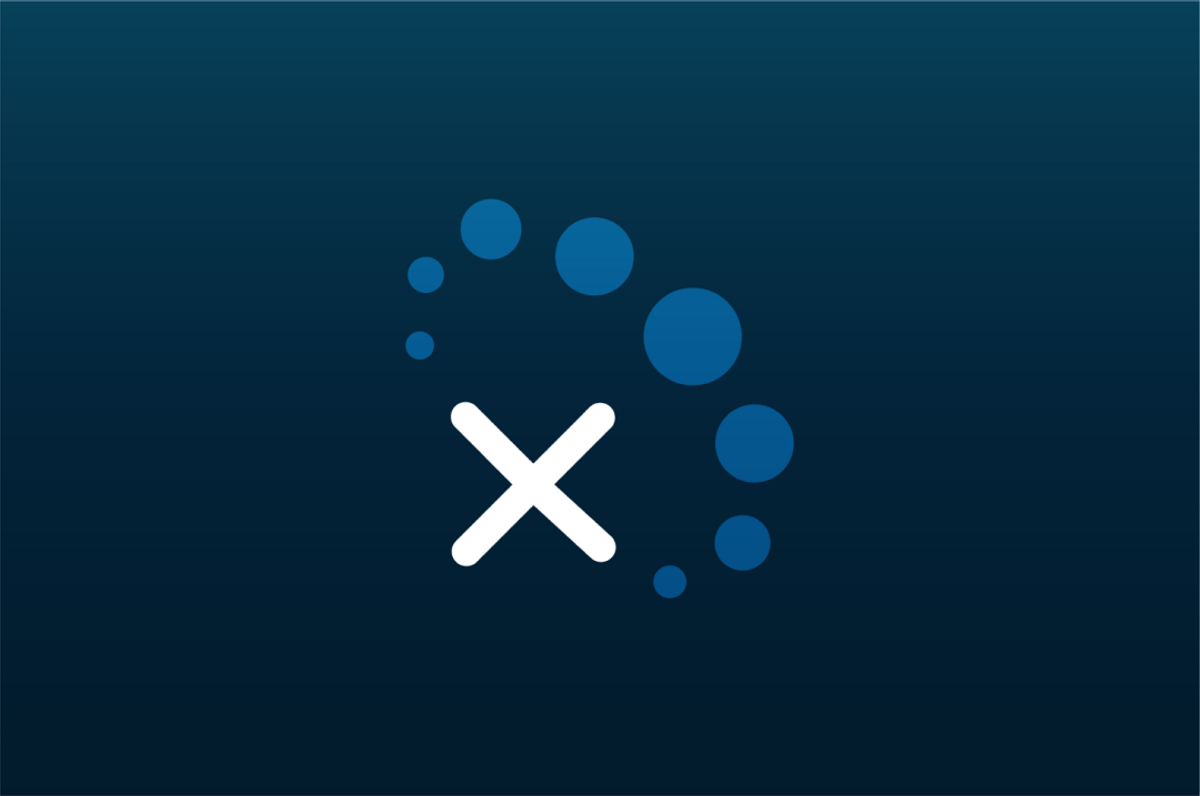Why a Hybrid Cloud Database is Your Key to AI and IoT

Not so very long ago, artificial intelligence (AI) was the stuff of science fiction. AI, at least in the minds of the general public, was relegated to fantastically fantastical sci-fi characters such as:
- Star Trek’s talking computer (A computer that talks? That’s crazy. Maybe in a couple hundred years…)
- The class M-3 model B-9 General Utility Non-Theorizing Environmental Control Robot from Lost in Space (Danger, Will Robinson!)
- C-3PO from Star Wars (“What have you done? I’m backwards, you filthy furball!")
- The Terminator from The Terminator (“I’ll be back…”)
Similarly, the notion of an internet of things (IoT) is also rooted in Sci-Fi fantasy. From Dick Tracy’s ‘smart’ watch to The Jetsons’ autonomous and interconnected household devices, the IoT concept was fantasized long before the term was even coined by Kevin Ashton in 1999.
The Hybrid Cloud Future Is Now
Though AI and IoT aren’t likely to be abandoned by sci-fi yarn-spinners anytime soon, they no longer exist only within the flickering frames of a movie, or between the covers of a fiction book. AI and IoT have already become integral components of our everyday lives. From mission-critical applications such as completely autonomous airliner autopilots to the slightly-more-whimsical, such as personal assistants like Alexa and Cortana, AI and IoT impact our lives on a daily basis.
Worldwide, investments in IoT technology are expected to reach $1.2 trillion by 2022. The consumer industry is expected to lead the way in IoT spending, followed by the insurance and healthcare industry verticals.
Similarly, we’re just at the beginning of a massive growth in the implementation of AI technology. Gartner recently reported that the number of companies implementing some form of AI tripled in just the past year. Worldwide spending on AI is predicted to more than quadruple from the period starting in 2017 to 2021. The same report forecasts that three-fourths of all business enterprises will deploy AI technology by 2021.
AI and IoT: Two Legs of a Tripod
Most enterprises—likely including your company—will be making massive investments in AI and IoT in the coming years. But though tremendous growth is forecast for both AI and IoT separately, the truth is that both are inherently interlinked. AI and IoT enhance and strengthen each other; they supercharge each other for use cases involving massive amounts of high-velocity data.
InformationWeek has labeled IoT and AI “Tech’s New BFFs,” and describes the teaming of the two technologies as “… a crucial combination that will shape corporate data strategies for years to come.”
Put simply, AI cannot reach its full potential to duplicate human-like decision-making capabilities without the massive amounts of data that can be gathered through IoT’s edge devices. And, correspondingly, the full potential of the IoT is made possible through AI’s decision-making capabilities.
Together, AI and IoT form two legs of the tripod upon which the future of information technology rests. But a tripod can’t stand on just two legs.
The Third Leg: A Hybrid Cloud Database
What is the common fuel that powers both AI and IoT? Data.
Without access to massive amounts of data, the teaming of AI and IoT is of little value. But the simple availability of a huge quantum of data isn’t enough. Of equal importance is the speed, reliability, and security with which that data can be accessed.
And that brings us to the third leg of this tripod that supports the future (and present) of IT: a hybrid cloud database. Why a hybrid cloud database?
Why not simply a database accessed and managed through a single private or public cloud? Because the single-cloud model just cannot unfailingly and consistently provide the speed, reliability, and security that are all essential to AI and IoT.
A hybrid cloud database ensures worldwide access to highly responsive data across many geographies. It provides speed, reliability, and security — and it also offers reduced costs and enhanced operational efficiencies as bonuses. A hybrid cloud database provides the active-everywhere capability that is essential to AI and IoT.
In fact, hybrid cloud databases offer a wealth of advantages that make them key to the future success of all your company’s applications.
There’s No Fiction to This Science…
It’s amazing how quickly science fiction can turn into reality. It wasn’t so long ago that concepts such as talking computers and self-driving vehicles seemed like they belonged to the distant future. And now they’re part of everyday life.
AI and the IoT have enabled a wealth of here-and-now technologies that, seemingly only yesterday, would have seemed far off. InfoWorld recently listed a few of them:
- Medical devices that can automatically defibrillate a malfunctioning heart and simultaneously call 911 for help
- Automated agricultural combines that can detect and avoid hitting a loose animal (and notify the farmer to herd the stray back home)
- Instantaneous credit card fraud detection
- On-demand recommendations for consumers (Netflix recommendations, for example)
These examples just scratch the surface of what’s available, and, perhaps more importantly, hint at the astounding technological advancements to come. All are made possible with AI, IoT, and — the third leg of the triad supporting the future of information technology — the hybrid cloud database.




